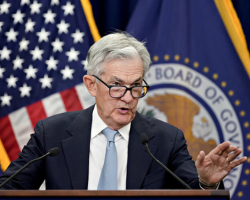Dow Hits Fourth Record Close Amid Strong Retail Sales, TSMC Boosts Chipmakers | Daily Market Analysis

Key events:
- UK - Core Retail Sales (MoM) (Sep)
- USA - Building Permits (Sep)
- USA - Housing Starts (MoM) (Sep)
- USA - FOMC Member Bostic Speaks
- USA - FOMC Member Kashkari Speaks
- USA - Fed Waller Speaks
- USA - FOMC Member Bostic Speaks
The Dow Jones Industrial Average climbed on Thursday, marking its fourth record close in five sessions, driven by stronger-than-expected retail sales that highlighted a resilient US consumer base. Additionally, chipmakers saw gains after TSMC delivered an optimistic forecast.
The other major Wall Street indices were relatively flat, with the S&P 500 experiencing a slight dip and the Nasdaq Composite edging up marginally. The S&P 500 dropped 1.00 points, or 0.02%, to settle at 5,841.47, while the Nasdaq Composite inched up by 6.53 points, or 0.04%, reaching 18,373.61. The Dow Jones Industrial Average gained 161.35 points, or 0.37%, closing at 43,239.05.
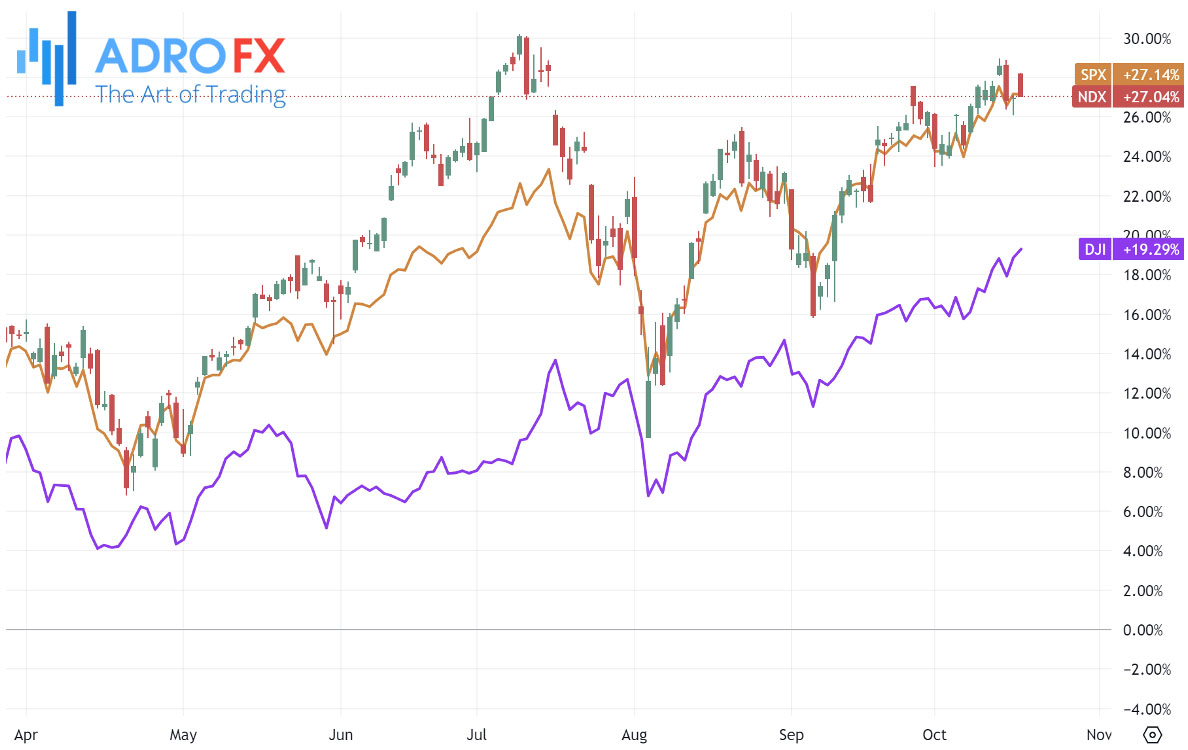
In the forex market, the NZD/USD pair continued its sideways movement during the Asian session on Friday, hovering near the two-month low it hit earlier this week. Spot prices remained steady around 0.6065 following the release of largely positive Chinese economic data. According to China’s National Bureau of Statistics, the country's economy grew by 0.9% in the third quarter of 2024, while the annual growth rate reached 4.6%. Retail sales in China surged 3.2% year-over-year in September, surpassing the expected 2.5%, and industrial production increased by 5.4% year-over-year, beating the anticipated 4.6%.
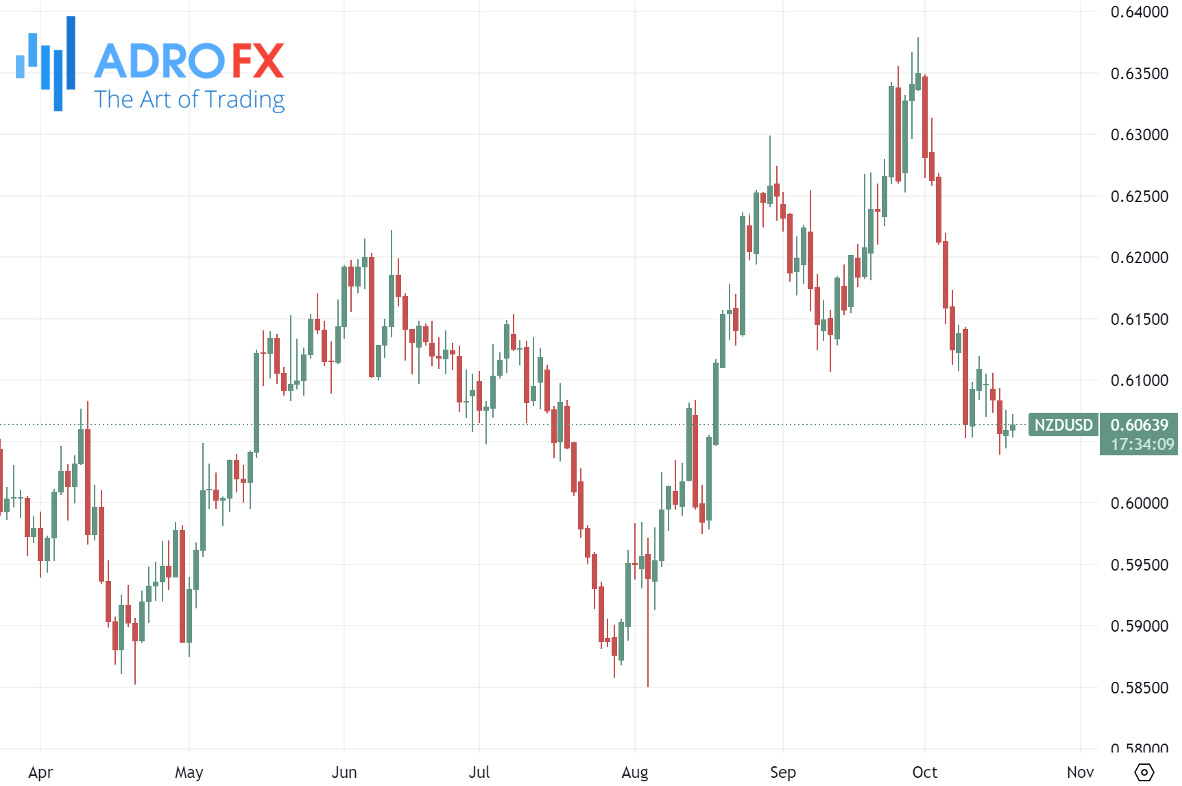
Despite the optimism surrounding China’s stimulus measures, the New Zealand Dollar failed to gain much traction. Expectations of aggressive rate cuts by the Reserve Bank of New Zealand, following a dip in domestic inflation to the target range of 1% to 3%, continue to weigh on the currency.
The EUR/USD pair remains under pressure following the European Central Bank's quarter-point rate cut on Thursday. The Euro has lost over 3.5% since peaking above 1.1200 in late September. The ECB’s 25 basis point reduction brought the Deposit Facility Rate to 3.25% and the Main Refinancing Operations Rate to 3.4%, both in line with market expectations. Additionally, Europe’s Harmonized Index of Consumer Prices (HICP) for September showed an annual increase of 1.7%, slightly below the forecast of 1.8%.
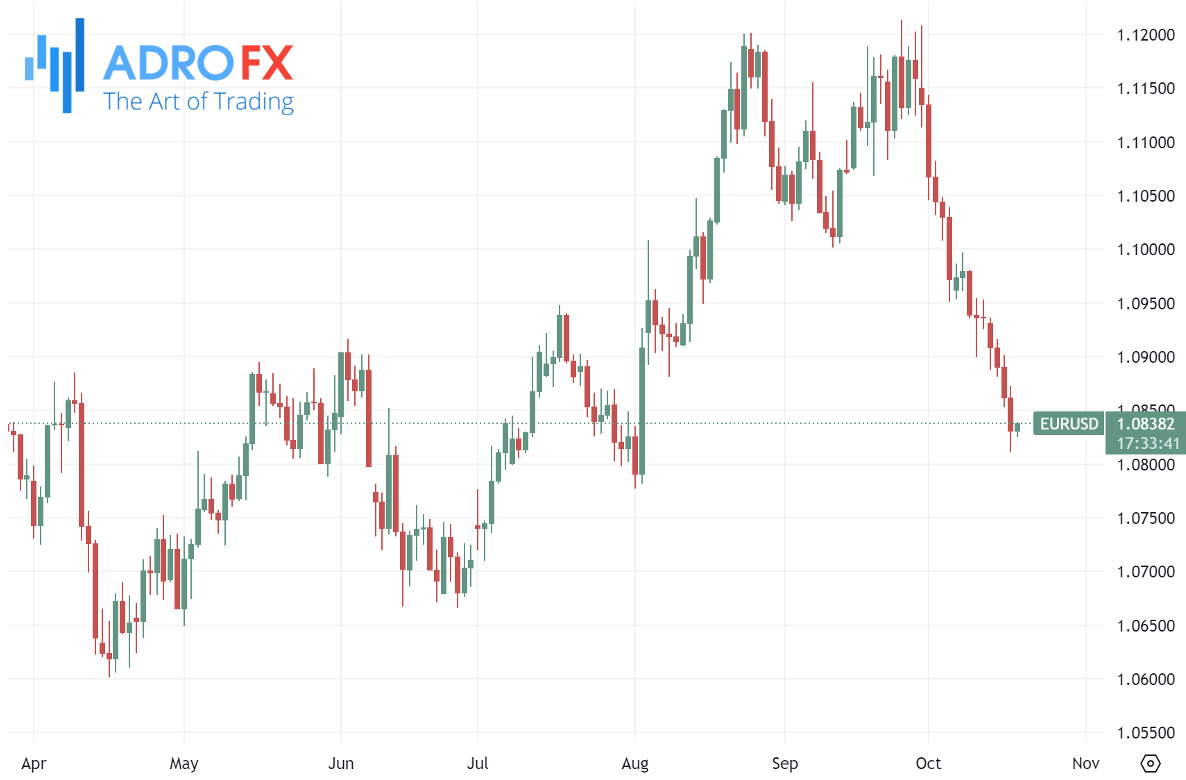
Meanwhile, the Australian Dollar continued its upward momentum against the US Dollar for a second straight day on Friday, supported by stronger-than-expected domestic employment data released the previous day. The data dampened expectations of a rate cut by the Reserve Bank of Australia. The AUD also received a boost from China, Australia’s largest trading partner, where several major banks announced a 25 basis point rate cut to stimulate economic growth, potentially increasing demand for Australian exports.
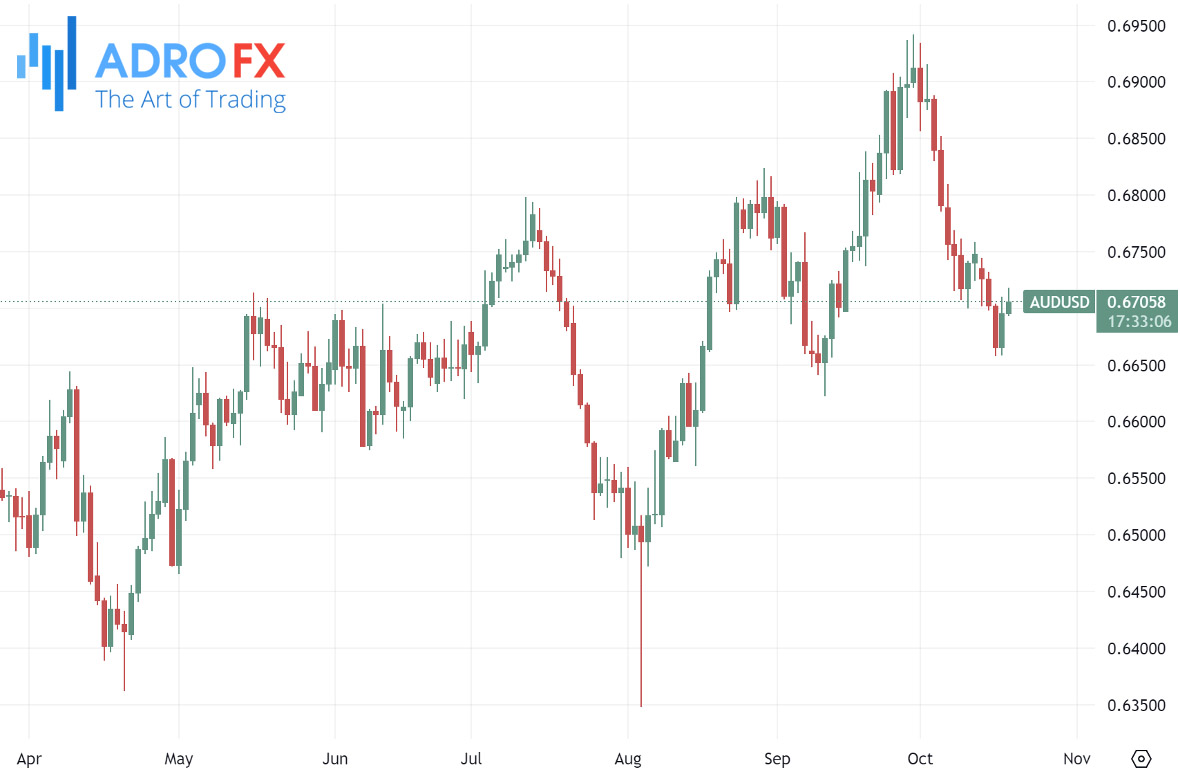
The USD/JPY pair retreated slightly to around 150.05, despite a firmer US Dollar during the Asian session on Friday. Traders are closely monitoring upcoming US Building Permits and Housing Starts data, as well as speeches from Federal Reserve officials Raphael Bostic, Neel Kashkari, and Christopher Waller.
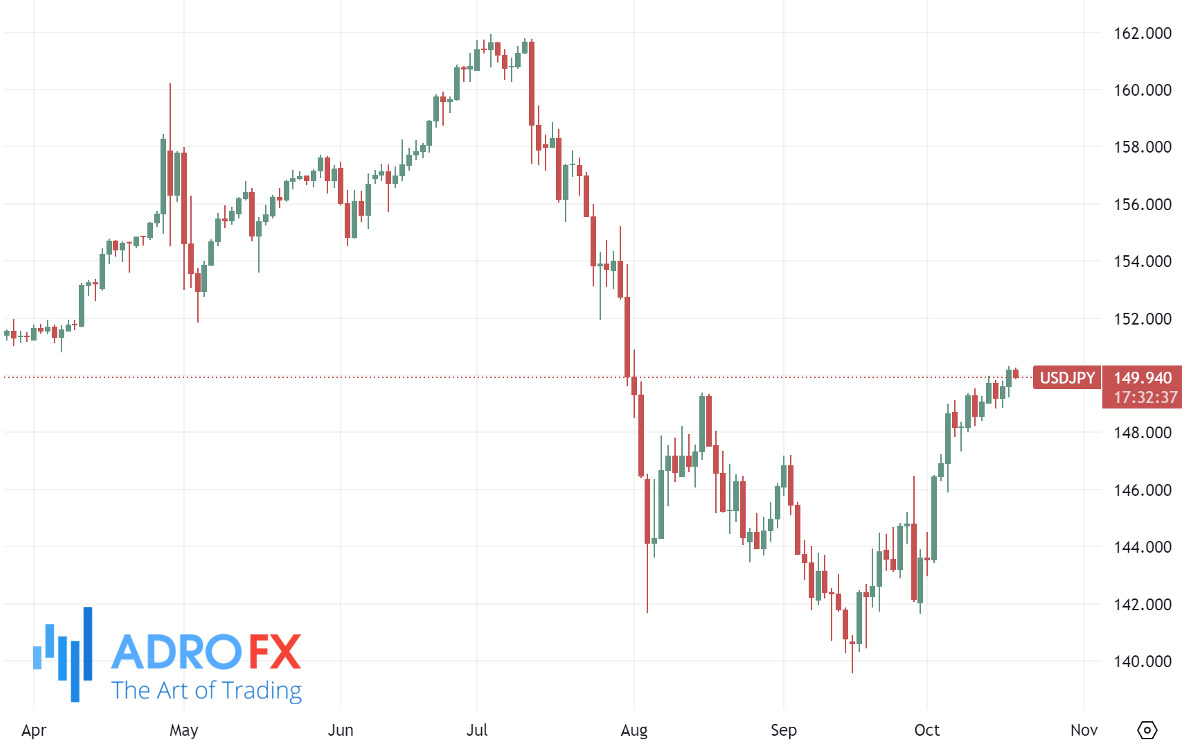
Japan’s annual Consumer Price Index (CPI) for September showed a 2.5% increase, down from the 3.0% recorded in August, according to data from Japan’s Statistics Bureau. The CPI, excluding fresh food and energy, rose 2.1% year-over-year. The data slightly exceeded expectations, but it’s unlikely to significantly alter the Bank of Japan's policy stance. BoJ Governor Kazuo Ueda has indicated that rate hikes will continue if inflation stays on track to reach the 2% target, though the bank is expected to maintain its current rate at the upcoming October 31 meeting.
Gold prices surged above $2,700, hitting a new record high on Friday, fueled by anticipated interest rate cuts from major central banks and a more accommodative monetary policy environment. Ongoing geopolitical risks in the Middle East and uncertainty surrounding the US Presidential election have further bolstered demand for gold as a safe-haven asset. Despite the recent rally in the US Dollar, which typically dampens demand for dollar-denominated commodities, gold remains on track for strong weekly gains and appears poised for further appreciation.

Traders are now turning their attention to US housing market data, including Building Permits and Housing Starts, as well as Fed Governor Christopher Waller's upcoming speech, to seize short-term opportunities as the week approaches.
